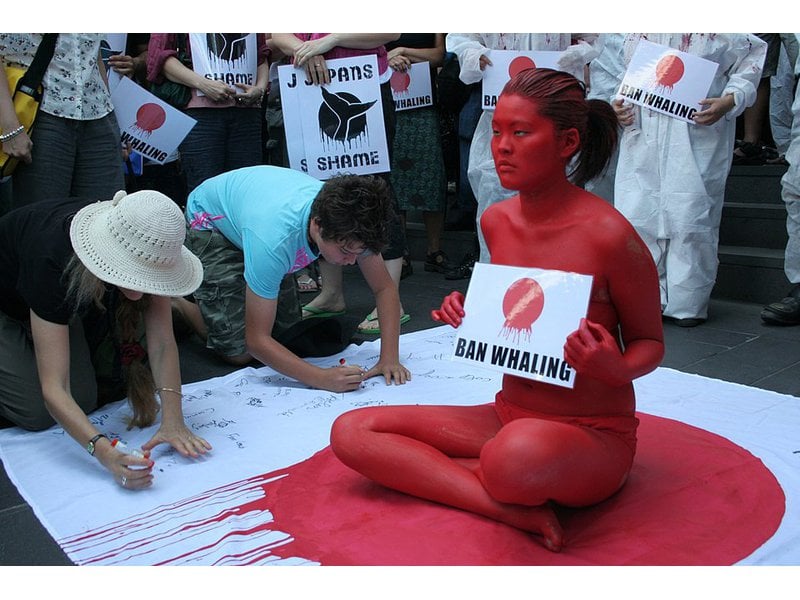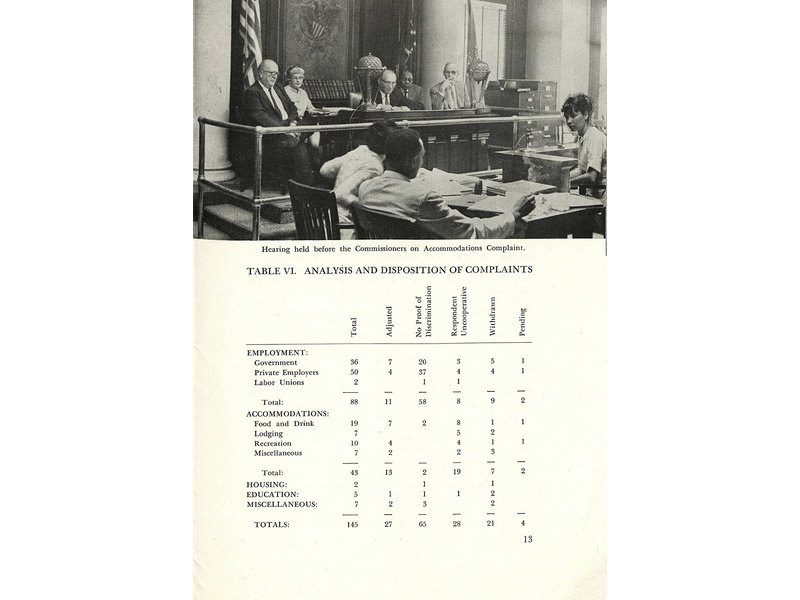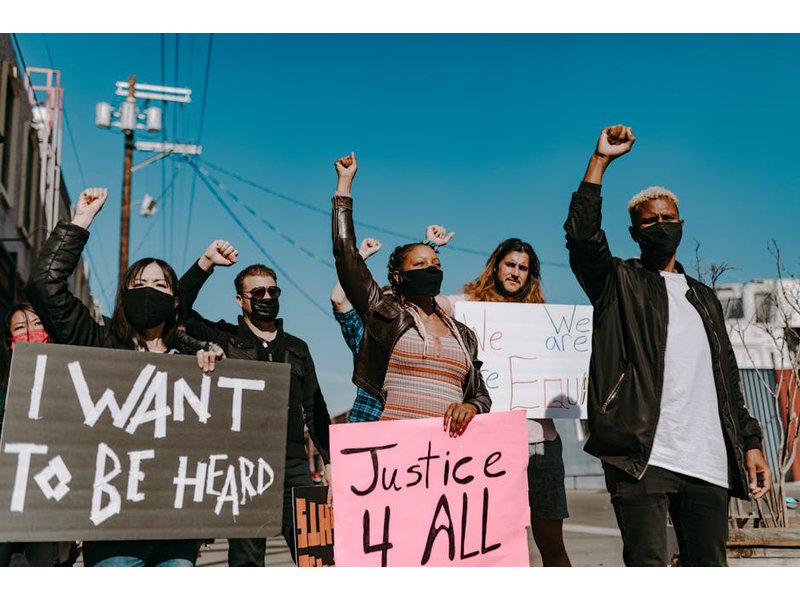161 nonviolent harassment
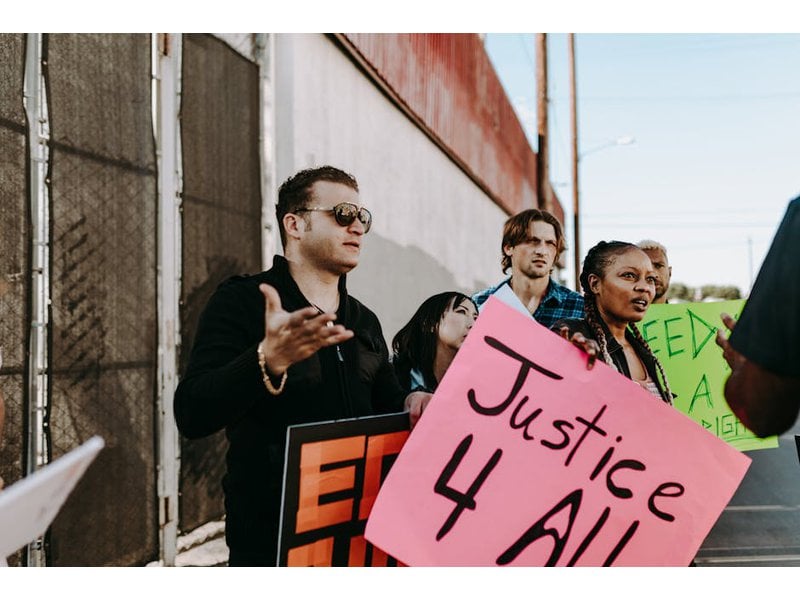
"This method consists of psychological harassment by a combination of actions which concentrate private and public pressures on one or more individuals engaged in activities which are detested. The actions which may be used to produce nonviolent harassment include stronger and more persistent use of “haunting” (constantly remaining physically near the person) and “taunting” (name-calling and accusations)—both of which have been discussed in mild forms as methods of nonviolent protest and persuasion. Nonviolent harassment has also utilized means of public communication such as posters and newspaper advertisements: the use of other such means would fall within this method."...
Potentially awesome partners
Potentially problematic matches
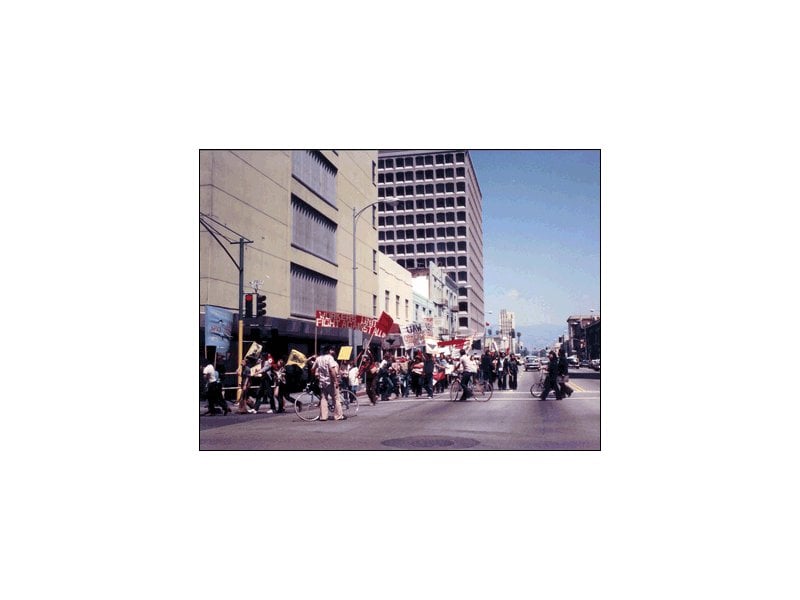
High scoring campaigns using this method
Historical cases from the Nonviolent Action Database that used this method
Environmentalists achieve a ban on fracking in New York, United States - 2012-2014
Hydraulic fracturing or “fracking” injects a mixture of water, sand and chemicals under high pressure into dense shale rock formations to crack the rock and release oil and/or natural gas. Oil companies began using the process around 1950, but only i...
Icelanders overthrow top power holders responsible for economic crisis (Kitchenware Revolution), 2008-9
At the dawn of the financial crisis, Iceland was controlled by the Independent Party, a right-wing party with decidedly neo-liberal economic policies. Over the past 19 years, banks had been privatized, regulations cut, and the corporate tax rate lowe...
North Carolina textile workers win union recognition from J. P. Stevens, 1976-1980
In 1974, workers at seven textile plants in Roanoke Rapids, North Carolina owned by the J. P. Stevens company voted to be represented by the Textile Workers Union of America (TWUA). However, the company refused to sign a contract with the new union. ...
Sarayaku people successfully defend their land against oil extraction, Ecuador, 1996-2012
On 6 August 1996, Argentinean General Fuel Company, also known as Compañía General de Combustibles (CGC), signed a contract with the Ministry of Energy and Mines in Ecuador without consultation of Kichwa natives of Sarayaku. The contract allowed CGC ...
Spanish coal miners challenge Franco dictatorship, 1962
The strikes in April and May of 1962 in Asturias (the coal mining center of Spain) were executed by the miners of Asturias and were a direct challenge to General Francisco Franco’s regime. Although the mines were privately owned and operated, the sta...
Cameroonian women use Anlu for social and political change, 1958-1961
In 1958 the women farmers of the Kom and Kedjom areas of the Western Grassfields, now part of modern day Cameroon, were angered by a number of changes which they interpreted as systematically decreasing the power of women farmers. These included the ...
Australians block cricket and impede rugby tour of apartheid South Africa, 1971
To South Africans and Australians alike, rugby is not just a sport, but a cultural symbol. In the 1960s and early 1970s, it was also a unifying force between apartheid South Africa and its “white neighbor by the sea”—Australia. At the time, Australia...
U.S. disability rights activists (ADAPT) win support from Governors for Medicaid reform, 2002-2005
On July 14, 2002, members of ADAPT (formerly Americans Disabled for Accessible Public Transit) blocked in five governors’ courtesy SUVs and harassed participants at the National Governors Association (NGA) Conference in downtown Boise, Idaho, in an a...
Chinese villagers seek reparations for effects of Dahe Dam, 1980-1990
In July 1975, the Dahe Dam on the Dahe River in Shanyang Township, southern China, was completed. The environmental toll of the project accumulated within months. Upstream of the dam, rising waters swamped homes and farmland, while downstream, water ...
Milwaukee sales clerks strike for wage increases, 1934
In 1934 it had been a successful year for strikes in Milwaukee, which emboldened retail clerks at Sears, Roebuck and Company, and the Boston Store to demand higher wages. At the time most clerks earned below $14 a week, which they called “starvation ...
Low scoring campaigns using this method
Historical cases from the Nonviolent Action Database that used this method
Indigenous Colombians nonviolently dismantle military base and capture guerrilla fighters, 2012
The Colombian military and the Revolutionary Armed Forces of Colombia (FARC) guerrillas have been at war since 1964. Colombian citizens, especially indigenous, are often caught in the crossfire between the two armies. Both the government and FARC hav...
Spanish workers strike in Asturian mines, 1963
The Asturian strikes that occurred in the summer of 1963 were the second major challenge to the Franco dictatorship over the span of one year. The first challenge had occurred in the spring of 1962 (see “Spanish coal miners challenge Franco dictators...

